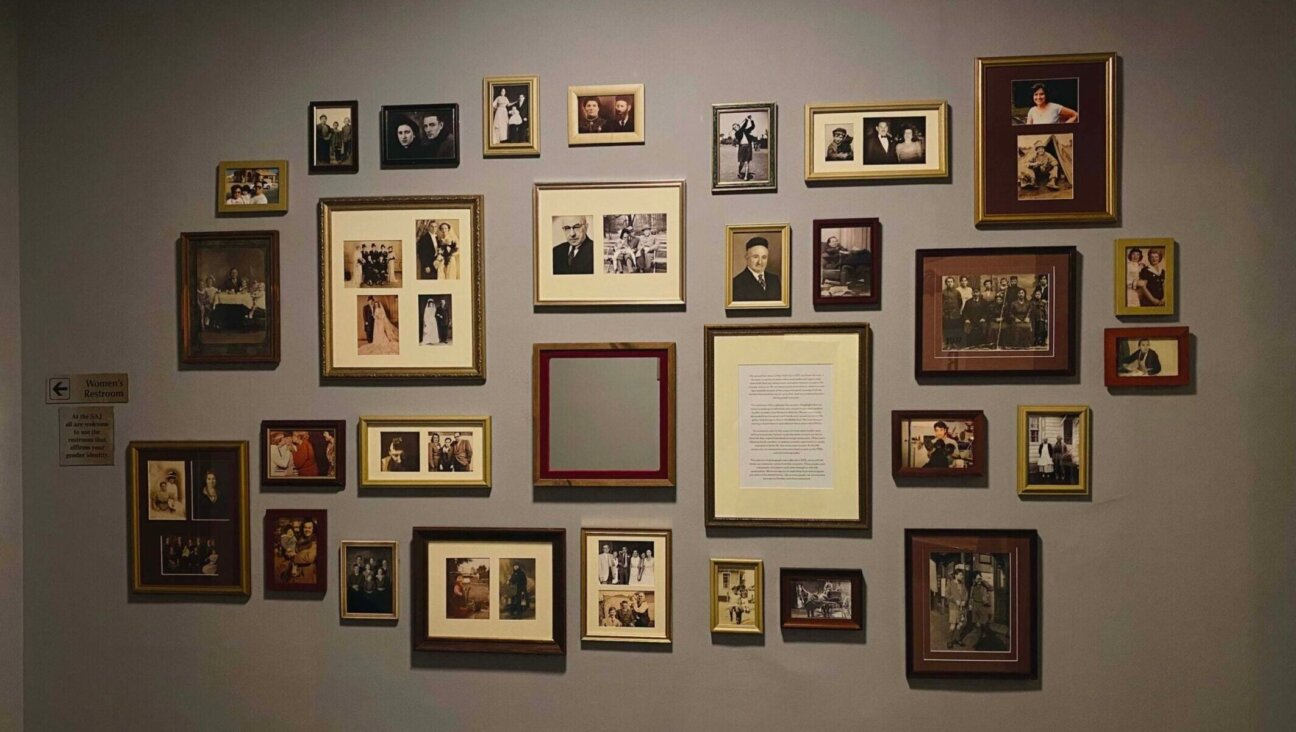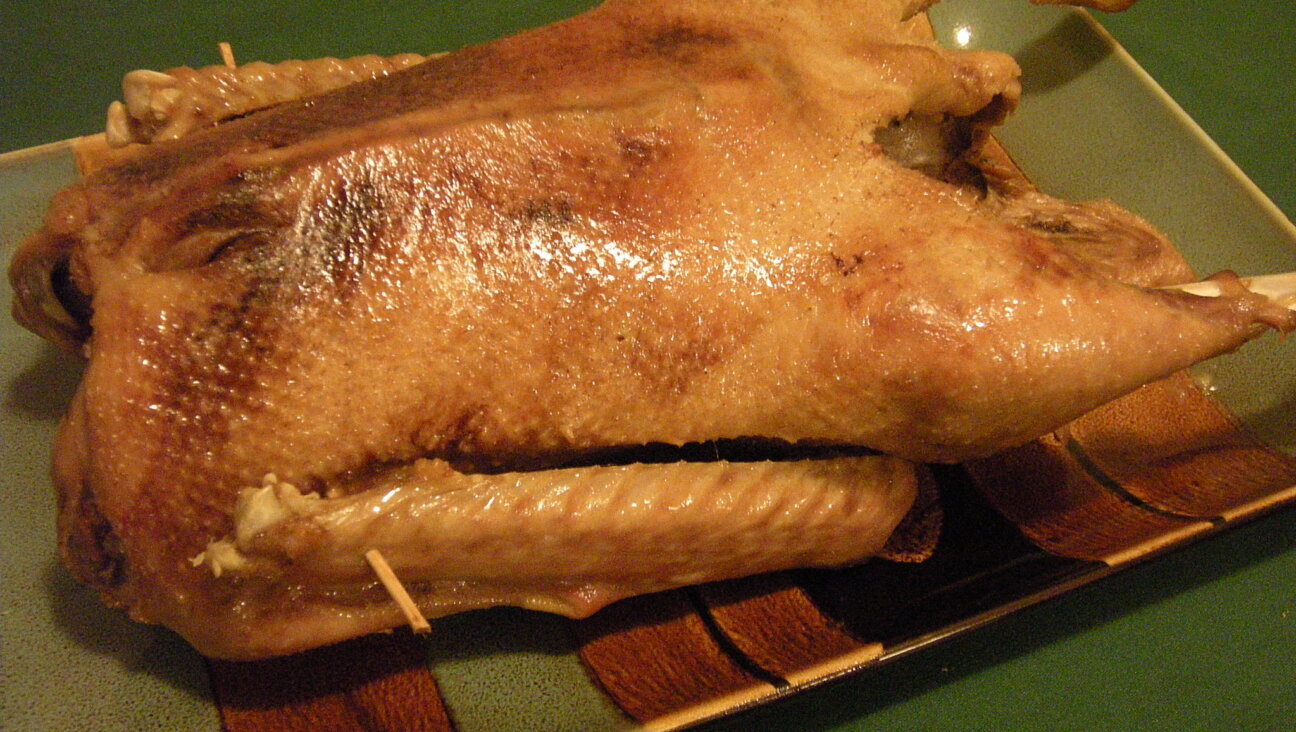Adventures in Baking: Holiday Challah
Challah comes in many forms, and when preparing for Rosh Hashanah, Jewish cooks often follow the custom of their ancestors by adding raisins to their golden round holiday loaves. The practice originated among Ashkenazic Jews, and much like dipping apples in honey, it signifies hope for a sweet New Year.
“The tradition probably began in the 18th century, when breads became more elaborate,” Jewish food diva Joan Nathan said. Nathan is the author of numerous cookbooks, including her most recent work, “The New American Cooking” (Alfred A. Knopf, 2005). “You have to think back to a world before processed food. My guess is that when challah wasn’t particularly sweet, and when sugar was very expensive in Eastern Europe, it was a way to make it sweeter.”
For more adventurous epicures and nontraditionalists, however, there are other, more inventive ways of adding extra sweetness to the holiday table. Instead of raisins, Nathan suggests using dried apricots, apples, cranberries or dates. “Let your imagination be your guide,” she told the Forward. “Any dried fruit or a mixture of dried fruit is beautiful in challah.”
But even for an innovative cuisine maven like Nathan (who does not like raisins), less is more when it comes to holiday bread. “I personally like to make a sweet challah [without fruit],” she said. “I make a… very bronzed round challah for Rosh Hashanah. I’d rather dip it in honey.”
This recipe is from “The New American Cooking” by Joan Nathan.
Dried fruit or raisins may be added to this recipe — around ½ a cup is suggested (if using raisins, they may be cut into small pieces in a food processor).
Holiday Challah
1½ tablespoons (1½ packages) active dry yeast
1 tablespoon plus ½ cup sugar
1¾ cups lukewarm water
½ cup vegetable oil
3 large eggs
1 tablespoon salt
8 cups all-purpose flour (about)
Poppy or sesame seeds for sprinkling
-
Dissolve the yeast and 1 tablespoon of the sugar in 1¾ cups of lukewarm water in a large bowl.
-
Whisk the oil into the yeast mixture, then beat in two of the eggs, one at a time, along with the remaining sugar and the salt. (You can also use a mixer with a dough hook for both mixing and kneading.) Gradually add 8 cups of flour and stir. When the dough holds together, it is ready for kneading.
-
Turn the dough onto a floured surface and knead until smooth. Clean out the bowl and grease it, then return the dough to the bowl. Cover with plastic wrap and let the dough rise in a warm place for one hour. (You may also put the dough in an oven that has been warmed to 150 degrees, then turned off.) When the dough has almost doubled in volume, punch it down, cover, and let rise again in a warm place for another half-hour.
-
To make a six-braided challah, take half the dough and form into six balls. With your hands, roll each ball into a strand tapered at the ends about 12 inches long and 1½ inches wide. Pinch the strands together at one end, then gently spread them apart. Next, move the outside right strand over two strands. Then, take the second strand from the left and move it to the far right. Regroup to three on each side. Take the outside left strand and move it over two to the middle, then move the second strand from the right over to the far left. Regroup and start over with the outside right strand. Continue until all the strands are braided, tucking the ends underneath the loaf. The key is always to have three strands on each side, so you can keep your braid balanced. Make a second loaf the same way. Place the braided loaves in greased 10- by 4-inch loaf pans or on a greased cookie sheet with at least 2 inches between them.
-
Beat the remaining egg and brush it on the loaves. Let rise another half hour.
-
Preheat the oven to 350 degrees and brush the loaves with egg again, then sprinkle on poppy or sesame seeds.
-
Bake for 35 to 40 minutes or until golden. Remove the loaves from the pans and cool on a rack.
Yield: Two challahs















